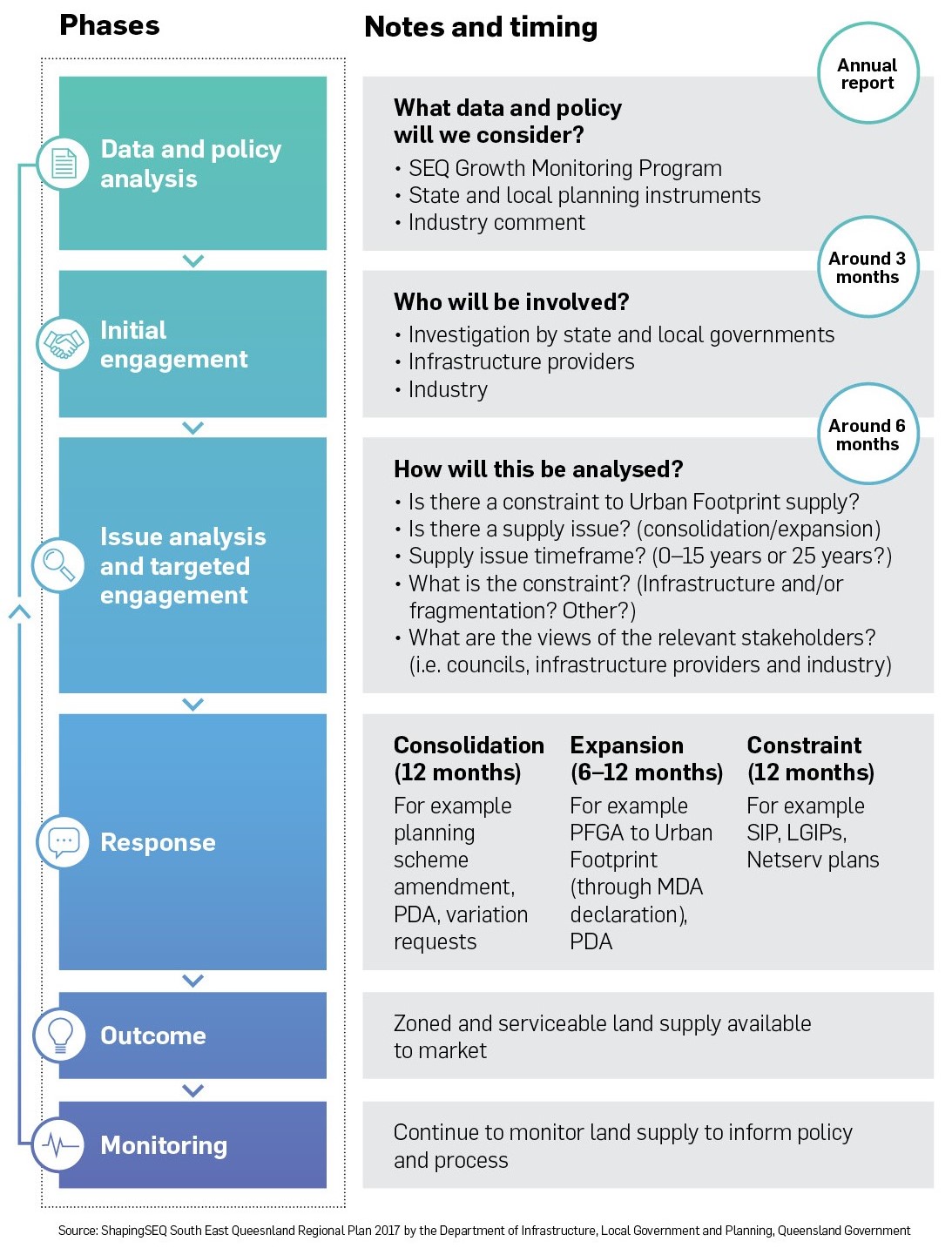On 11 August 2017, the Queensland Government released the anticipated South East Queensland (SEQ) Regional Plan, ShapingSEQ 2017.
Urbis is excited by the opportunities presented through ShapingSEQ and congratulates the Queensland Government on this key policy milestone. ShapingSEQ provides an important step towards advancing our region. We look forward to working with industry and government on this exciting new chapter for SEQ.
As per the Draft Regional Plan, our team has reviewed and identified the key changes proposed by ShapingSEQ.

